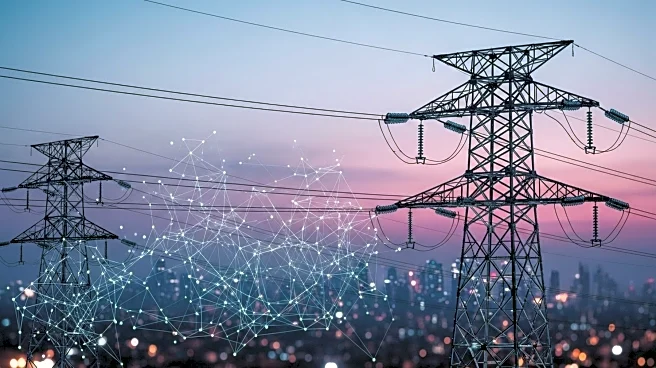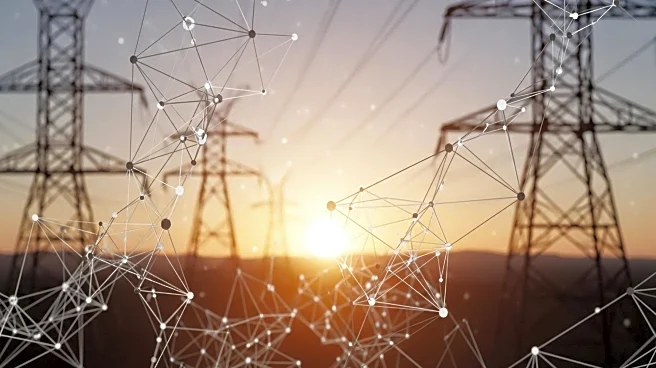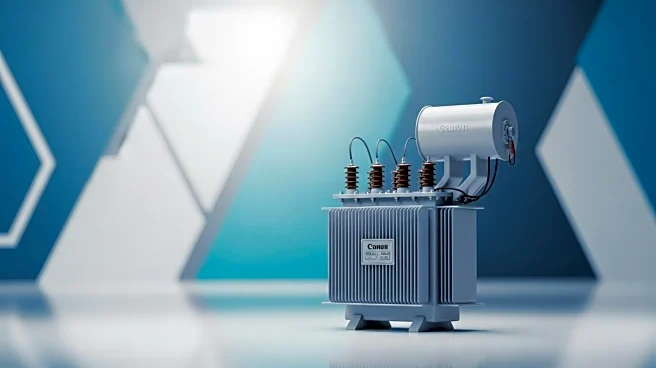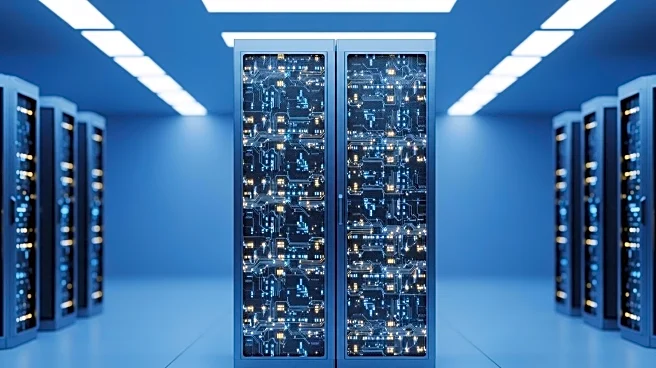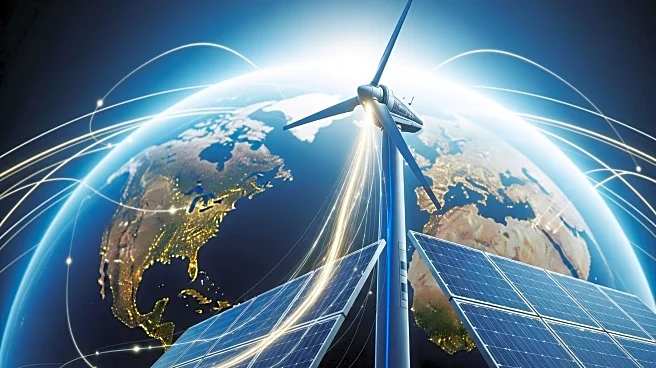What's Happening?
Investor-owned utilities in the United States are projected to spend over $1.1 trillion between 2025 and 2029 on grid upgrades and expansions, according to the Edison Electric Institute (EEI). This marks a significant increase in capital expenditures as the sector aims to meet rising demand from AI data centers, industrial expansion, and electrification. In 2024, U.S. electricity generation rose by 3%, with expectations for continued growth. The industry has seen a steady increase in generation investments over the past four years, driven by the need to accommodate new demand sources. EEI President and CEO Drew Maloney emphasized the commitment to keeping customer bills low while delivering reliable electricity.
Why It's Important?
The planned investment by investor-owned utilities is crucial for supporting the growing electricity demand in the U.S., driven by technological advancements and industrial growth. This substantial financial commitment underscores the sector's role in enhancing the country's energy infrastructure and leadership. However, the increase in capital expenditures may lead to higher electricity rates for consumers, as evidenced by recent rate hikes in several states. The balance between infrastructure investment and consumer cost is a critical issue, with state regulators urged to ensure that utility investments prioritize public interest and allow for consumer advocacy in rate proceedings.
What's Next?
As utilities proceed with their investment plans, state regulators will play a key role in overseeing the cost recovery process to protect consumer interests. The impact of data centers on capacity prices, particularly in the PJM Interconnection, highlights the need for careful management of infrastructure expansion. Stakeholders, including consumer advocates, are expected to engage actively in utility rate proceedings to ensure fair pricing and accountability. The ongoing dialogue between utilities, regulators, and consumers will shape the future of electricity pricing and infrastructure development in the U.S.
Beyond the Headlines
The investment surge in the electricity sector may have broader implications for the U.S. economy, potentially influencing job creation and technological innovation. As utilities expand their infrastructure, there could be opportunities for advancements in renewable energy integration and smart grid technologies. The focus on maintaining low customer bills while investing heavily in infrastructure may also drive innovation in energy efficiency and cost management strategies.

